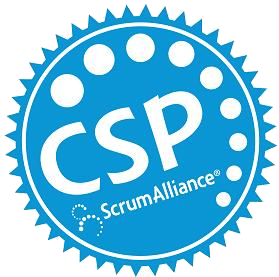
I our previous post we discussed why its better to collaborate more often than compete when working within an organization. Here are smells to watch out for that indicate that competition is getting in the way of collaboration:
- “Since the last decision was based on your team’s plan, lets go with our team’s plan this time.”
- “Your side got what they wanted”
- “I think we’re too far apart to come together”
- “We gave in again”
- “Don’t give in”
- Organizational leaders publicly show they are working with one another but their meetings are high stress and high tension.
Sounds like Congress again eh? The sad thing is this is the work environment many folks work within today. I’ve often seen that when working level folks(Congressman, Senators, PM’s, Product Owners, engineers, …etc ) aren’t able to effectively collaborate they fall into competition. Then solutions to problems begin to get deeply territorial on each side and it becomes more about whose idea it was than what’s best for the program, organization, or country! Inevitably the dysfunction at the working level is revealed at the leadership level in ugly ways. Working level folks look to their leaders(Boehner and Obama, group chiefs, division managers) to solve their problems instead of doing their job and solving their own problems collaboratively. This slows down progress and pits senior leaders against one another. This is organizational dysfunctional at its finest.
Don’t let this happen to your organization. Be a part of the solution and be willing to collaborate with your colleagues even when you disagree. Understand that we’re all part of the same team and we’re only hurting the country or organization when we let unhealthy competition get in the way of constructive collaboration.










